Illicium verum
Illicium verum
1. The products in our compound library are selected from thousands of unique natural products; 2. It has the characteristics of diverse structure, diverse sources and wide coverage of activities; 3. Provide information on the activity of products from major journals, patents and research reports around the world, providing theoretical direction and research basis for further research and screening; 4. Free combination according to the type, source, target and disease of natural product; 5. The compound powder is placed in a covered tube and then discharged into a 10 x 10 cryostat; 6. Transport in ice pack or dry ice pack. Please store it at -20 °C as soon as possible after receiving the product, and use it as soon as possible after opening.
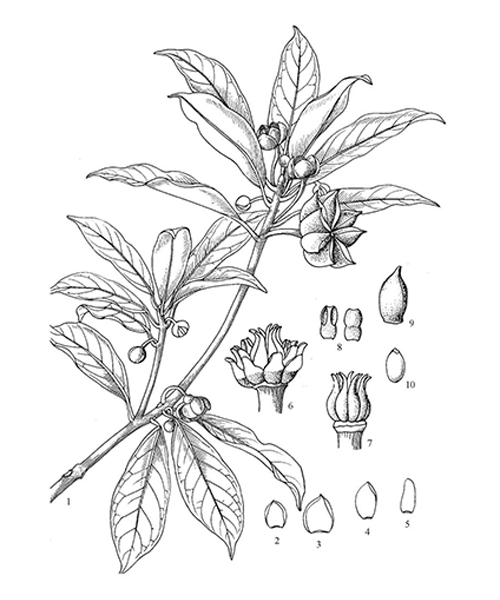
Natural products/compounds from Illicium verum
- Cat.No. Product Name CAS Number COA
-
BCN2618
Anisic aldehyde123-11-5
Instructions
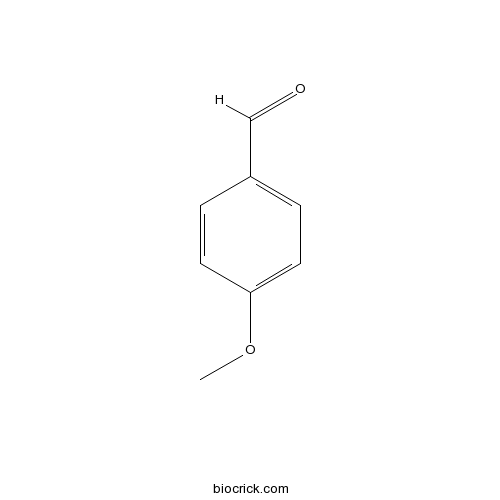
-
BCN6200
Shikimic acid138-59-0
Instructions
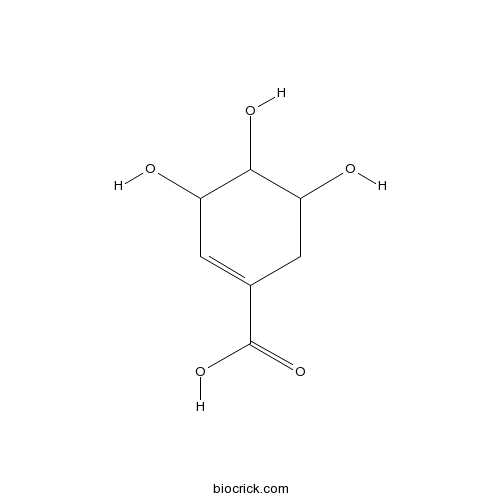
-
BCN9032
Anethole, trans-4180-23-8
Instructions
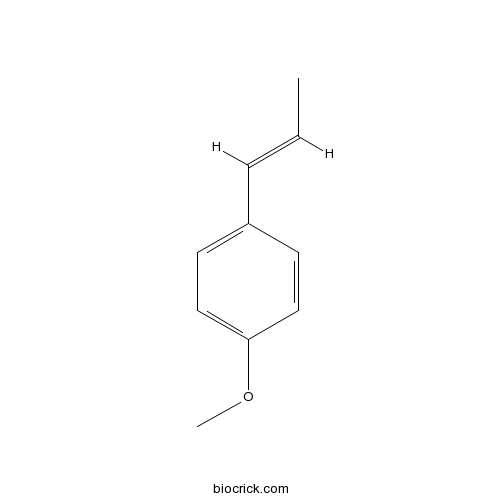
-
BCN5600
Luteolin491-70-3
Instructions
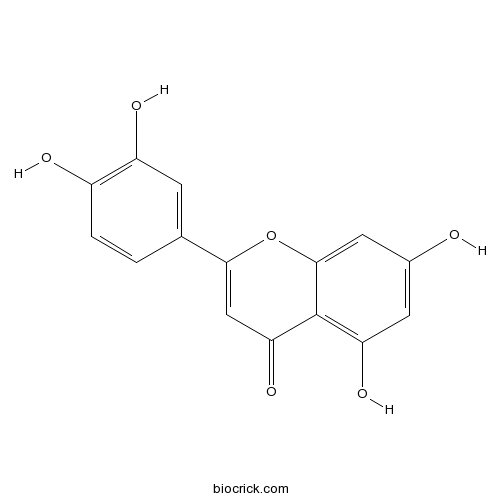
-
BCN2644
trans-Caryophyllene87-44-5
Instructions

-
BCN5964
Eugenol97-53-0
Instructions
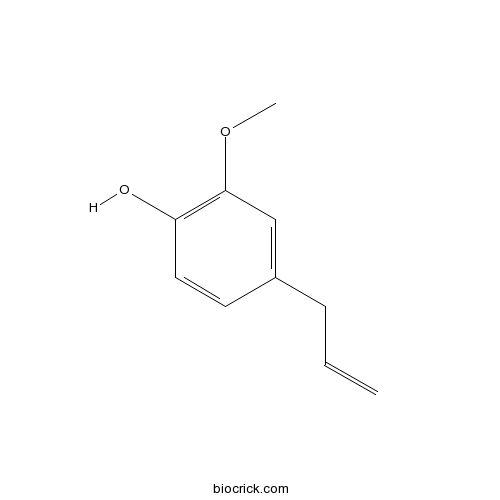
Metabolic engineering strategies for enhanced shikimate biosynthesis: current scenario and future developments.[Pubmed: 30014168]
Shikimic acid is an important intermediate for the manufacture of the antiviral drug oseltamivir (Tamiflu®) and many other pharmaceutical compounds. Much of its existing supply is obtained from the seeds of Chinese star anise (Illicium verum). Nevertheless, plants cannot supply a stable source of affordable shikimate along with laborious and cost-expensive extraction and purification process. Microbial biosynthesis of shikimate through metabolic engineering and synthetic biology approaches represents a sustainable, cost-efficient, and environmentally friendly route than plant-based methods. Metabolic engineering allows elevated shikimate production titer by inactivating the competing pathways, increasing intracellular level of key precursors, and overexpressing rate-limiting enzymes. The development of synthetic and systems biology-based novel technologies have revealed a new roadmap for the construction of high shikimate-producing strains. This review elaborates the enhanced biosynthesis of shikimate by utilizing an array of traditional metabolic engineering along with novel advanced technologies. The first part of the review is focused on the mechanistic pathway for shikimate production, use of recombinant and engineered strains, improving metabolic flux through the shikimate pathway, chemically inducible chromosomal evolution, and bioprocess engineering strategies. The second part discusses a variety of industrially pertinent compounds derived from shikimate with special reference to aromatic amino acids and phenazine compound, and main engineering strategies for their production in diverse bacterial strains. Towards the end, the work is wrapped up with concluding remarks and future considerations.
Evaluation of larvicidal, adulticidal, and anticholinesterase activities of essential oils of Illicium verum Hook. f., Pimenta dioica (L.) Merr., and Myristica fragrans Houtt. against Zika virus vectors.[Pubmed: 29808407]
None


